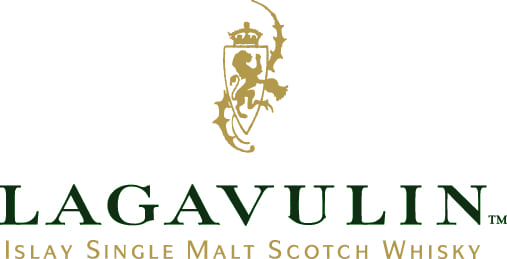Lagavulin distillery information
In 1816, John Johnston started the Lagavulin distillery on the Isle of Islay. A year later, Archibald Campbell started one at nearly the same site, under the name Ardmore (which has no relation to the current Ardmore distillery in Speyside). The distilleries were located in the Lagavulin Bay, and pretty much in-between Laphroaig and Ardbeg, both of which were established a year earlier. In 1825, Johnston bought the Ardmore distillery, and closed it down in 1835, combining it with his own in 1837.
In 1852, the distillery changed hands to John Crawford Graham, who sold it off to James Logan Mackie & Co in 1867. James Logan Mackie put his nephew Sir Peter Mackie in control of the distillery, and ownership shifted to him after James’ death in 1889. Peter was responsible for launching the White Horse blend, which became quite popular, in 1890.
However, Mackie had trouble with nearby Laphroaig. Around the turn of the century, Laphroaig cancelled the agreement that allowed Mackie to act as their agent, in order to be able to sell more whisky themselves. This angered Lagavulins’ owner, and the two parties met in court several times. By 1907, the lease ran out, and Laphroaig refused to renew it. Furious, Mackie had one of his men erect a dam in order to divert the neighbor’s water source, and the courts had to intervene again. Mackie was ordered to tear down the dam. His next move was to establish a new distillery; The Malt Mill Distillery, for which he hired Laphroaig’s distillery manager, and had a copper-smith create replicas of the Laphroaig stills. The idea was to recreate their spirit, and push them out of the market that way. The plot failed,but Sir Peter was not quite done yet. He attempted to buy out Laphroaig several times, but every time his offers were refused, and eventually he was forced to give up.
In 1924, Mackie passed away, and ownership of the distillery was switched to White Horse Distillers Ltd. It was transferred to Distiller Company Ltd 3 years later in 1927(which later was absorbed by Guinness, and now is part of Diageo).
In 1960, Lagavulin was rebuilt, and Malt Mill Distillery’s buildings were added to it. The malting floors were closed in 1974. In 1988, it was added as one of the 6 Classic Malts (which also include Cragganmore, Dalwhinnie, Glenkinchie, Oban and Talisker).
Lagavulin whisky
The pear-shaped stills, along with a long fermentation, distillation and maturation (the 16 Year Old is the standard expression) give Lagavulin its unique character. Peat is used to give Lagavulin it’s distinctive Islay character.
The core range consists of:
- 12 Year Old (Cask Strength, annual special release)
- 16 Year Old
- Distillers Edition; finished in Pedro Ximinez sherry wood casks.
- Distillery only (Only available at the Lagavulin distillery shop)
Distillery info:
| Name | Lagavulin |
| Region | Islay |
| Logo |  |
| Status | Active |
| Founded | 1816 |
| Water source | Solan Lochs |
| Owned by | Diageo |
| Address |
Lagavulin Distillery +45 (0)1496 302749 |
| Visitor centre | Yes |
| Website | http://www.discovering-distilleries.com/lagavulin/ |
| N/A | |
| N/A | |
| Community | Classic Malts |
| Map |
Distillery Setup:
Component |
Capacity |
Quantity |
|---|---|---|
| Mash tun | 4.32 tonnes | 1 (Stainless steel, full lauter) |
| Washback | washback_c litres | 10 (Larch) |
| Wash still | washstill_c litres | 2 |
| Spirit Still | spiritstill_c litres | 2 |
| Expected yearly output in LPA (Litres of pure alcohol) | 2,250,000 |